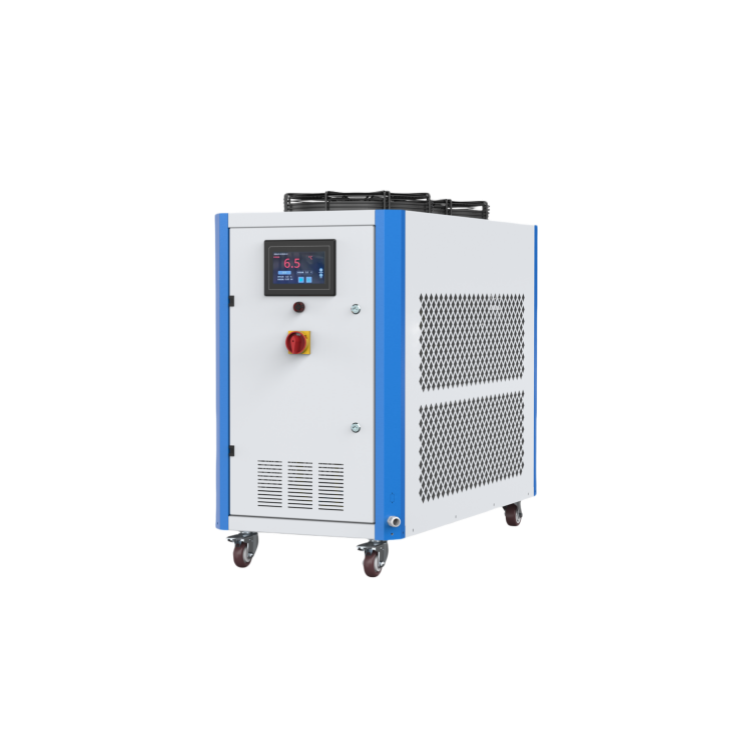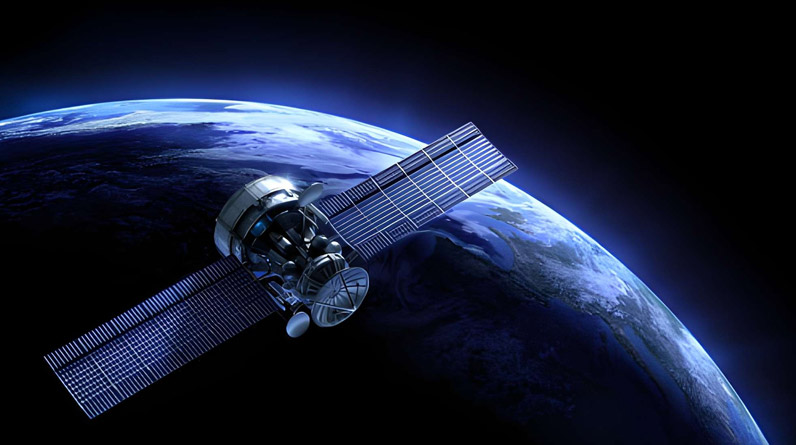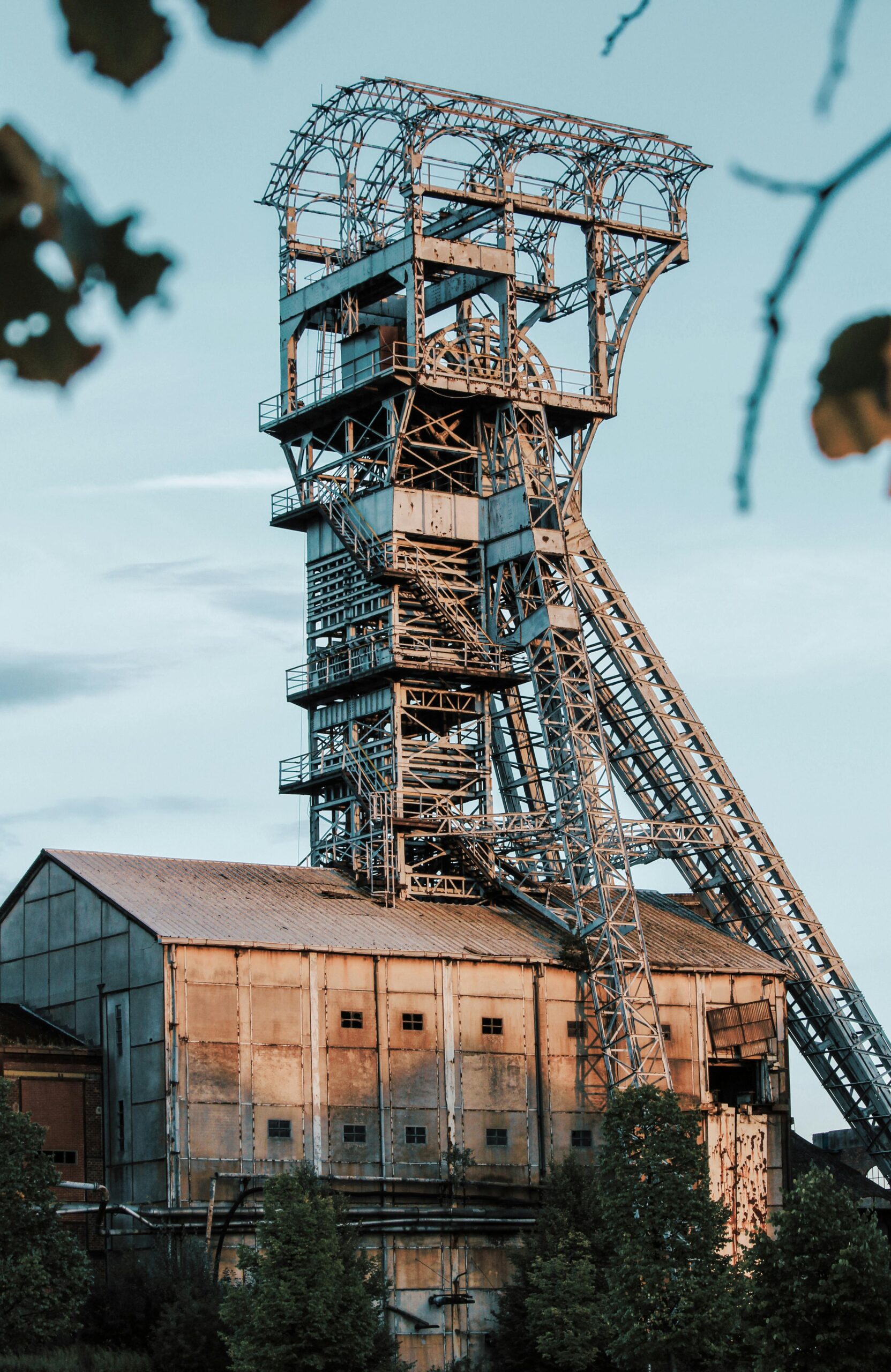Pressure issues in water chiller systems can seriously affect injection molding quality and efficiency. The most common pressure-related issues include low system pressure (less than 20 psi), pressure fluctuations, and excessive pressure (greater than 60 psi). These conditions often manifest as inconsistent part cooling, extended cycle times, or complete system shutdowns. Topstar technicians have identified three leading causes: filter plugging (40 percent), pump failure (30 percent), and system cavitation (20 percent). You may notice uneven mold cooling or hear unusual noises from the chiller pump. Early identification of these symptoms can help avoid costly production downtime and ensure consistent part quality across all cycles.
Diagnosing the Root Cause of Water Chiller Pressure Fluctuations
Accurate diagnosis is critical to resolving chiller pressure issues. Start by checking the most accessible components. Check the pressure gauges at different points in the system—significant changes indicate restricted flow. Listen for cavitation noises (a noticeable clicking sound) from the pump, which means insufficient inlet pressure. Topstar’s troubleshooting protocol recommends checking the precharge pressure of the expansion tank—it should be set to 70 percent of the system’s operating pressure. Use an infrared thermometer to check for unexpected temperature changes that could indicate clogged passages. For systems with variable frequency drives (VFDs), monitor the pump motor’s current draw—abnormal readings often precede pressure issues. Record all measurements to identify patterns in pressure changes during different phases of operation.
Troubleshooting Low-Pressure Problems in Water Chiller Systems
Low pressure in water chillers often stems from three main issues that Topstar technicians frequently encounter. First, check and clean all filters and screens—clogged filters can reduce pressure by up to 50 percent. Second, inspect the pump impeller for wear or damage; even minor corrosion can significantly reduce pressure output. Third, verify that the system is leak-free—even a tiny 1/8 of an inch leak can cause a noticeable pressure drop. For immediate improvement, try increasing pump speed, closing bypass valves that may divert flow, checking and cleaning suction screens, and verifying that the expansion tank liner is not ruptured. Remember that persistent low pressure often indicates that the pump is undersized and may need to be replaced to meet the cooling needs of injection molding effectively.
Solve Chiller High-Pressure Problems
Excessive pressure in a water chiller system can be as problematic as too little pressure and damage molds and equipment. The most common causes include faulty pressure relief valves (stuck closed), blocked cooling lines in the mold, overactive pump controllers, and closed or partially closed downstream valves.
We recommend first checking the operation of the pressure relief valves—their opening pressure should be 10% above normal operating pressure. Then, check all control valves for proper position and calibrate if necessary. Operators must ensure balanced flow distribution for systems with multiple molds to prevent pressure buildup in certain branches. If pressure is still high after these measures, consider installing a pressure-regulating valve. Regular maintenance of these components can prevent 80% of high-pressure situations in industrial chiller applications.
Optimize Pump Performance to Keep Pressure Stable
The pump is the heart of the chiller system, and its performance directly affects pressure stability. Topstar engineers recommend the following pump optimization strategies: size the pump according to your system requirements, align the pump and motor properly, inspect mechanical seals for leaks, and monitor the condition and lubrication of the bearings.
For centrifugal pumps, keep the pump curve within the optimal operating range, typically between 70-110% of its best efficiency point. If your system load changes frequently, consider upgrading to a variable-speed pump. These pumps can adjust speed to maintain constant pressure, reducing energy consumption by 20-30% while addressing pressure fluctuations. Regular vibration analysis can detect pump problems before they affect pressure stability.
Advanced Solutions for Persistent Pressure Problems
When standard troubleshooting fails to resolve your water chiller pressure issues, consider the following advanced solutions from Topstar, which can install pressure sensors with data logging capabilities to identify intermittent problems. Install auxiliary pressure tanks to stabilize system pressure and upgrade to intelligent control systems that adjust pump speed based on real-time demand. Computational fluid dynamics (CFD) analysis can identify hidden flow restrictions for complex systems. Topstar’s engineering team frequently uses this approach to optimize chiller performance in large injection molding operations, typically achieving 15-25% improvements in pressure stability.
Maintain Optimal Pressure for Optimal Performance
Solving chiller pressure issues in injection molding requires a systematic approach that combines proper diagnosis, targeted repairs, and preventive maintenance. Topstar’s field experience shows that most pressure-related matters can be resolved with basic maintenance, while approximately 20% require component upgrades or system modifications. Stable pressure directly impacts product quality, energy efficiency, and equipment life.



